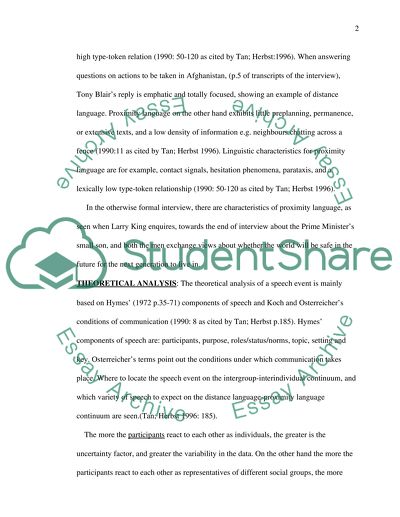Cite this document
(“Analysis Of Speech Event Essay Example | Topics and Well Written Essays - 3000 words”, n.d.)
Retrieved from https://studentshare.org/english/1538709-analysis-of-speech-event
Retrieved from https://studentshare.org/english/1538709-analysis-of-speech-event
(Analysis Of Speech Event Essay Example | Topics and Well Written Essays - 3000 Words)
https://studentshare.org/english/1538709-analysis-of-speech-event.
https://studentshare.org/english/1538709-analysis-of-speech-event.
“Analysis Of Speech Event Essay Example | Topics and Well Written Essays - 3000 Words”, n.d. https://studentshare.org/english/1538709-analysis-of-speech-event.


